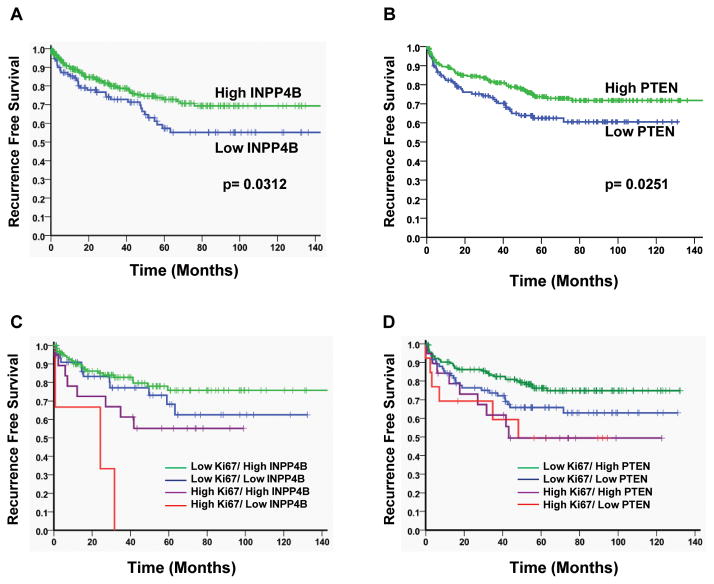Figure 4. Loss of INPP4B and PTEN correlates with reduced recurrence free survival.
A. Recurrence free survival graph for prostate cancer tissue stained for INPP4B expression. Tissues from prostate cancer patients were stained for INPP4B and scored for expression levels (High expression ≥6, Low expression ≤5). Patients with low INPP4B expression showed significantly shorter time to biochemical recurrence compared to patients with high INPP4B expression (p=0.0312). B. Recurrence free survival graph for prostate cancer tissue stained for PTEN expression. Tissues from prostate cancer patients were stained for PTEN and scored for expression levels (High expression ≥1, Low expression = 0). Patients with loss of PTEN expression showed significantly shorter time to biochemical recurrence compared to patients that retained PTEN expression (p=0.00251). C. Prostate cancer tissues were analyzed for correlation of INPP4B expression and expression of the proliferation marker Ki67 with recurrence free survival. Loss of INPP4B significantly increased biochemical recurrence in highly proliferative prostate cancers (p=0.0368). D. Prostate cancer tissues were analyzed for correlation of PTEN expression and expression of the proliferation marker Ki67 with biochemical recurrence. Loss of PTEN has no correlation with aggressively growing prostate cancers but tends to separate slower-growing cancer patients into a higher risk group (p=0.0567).

